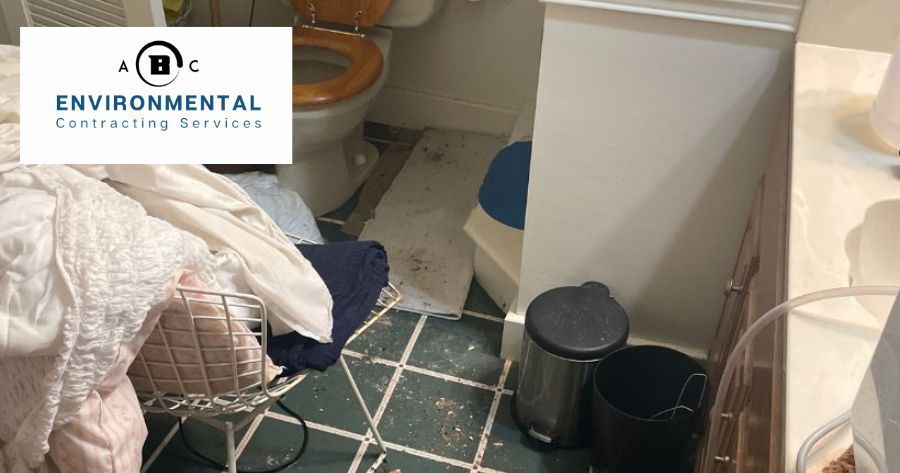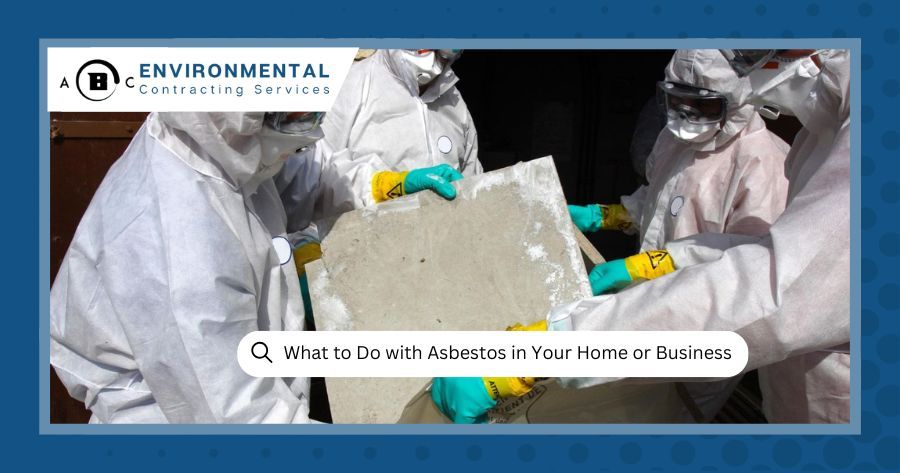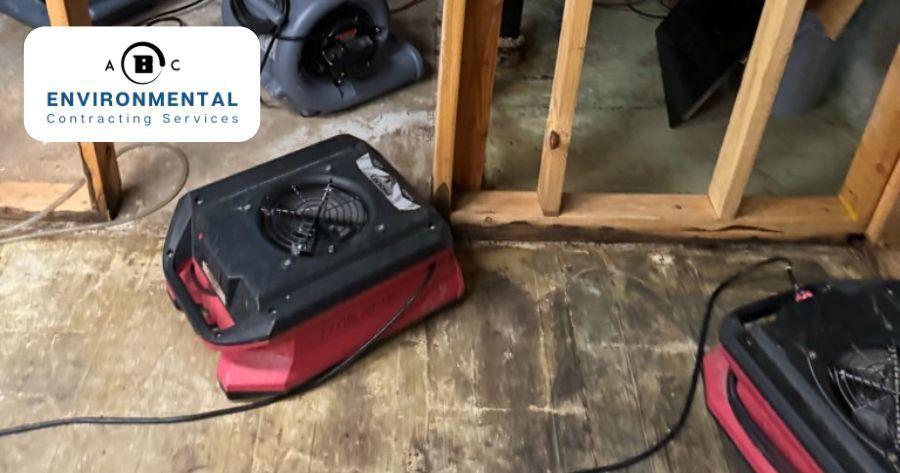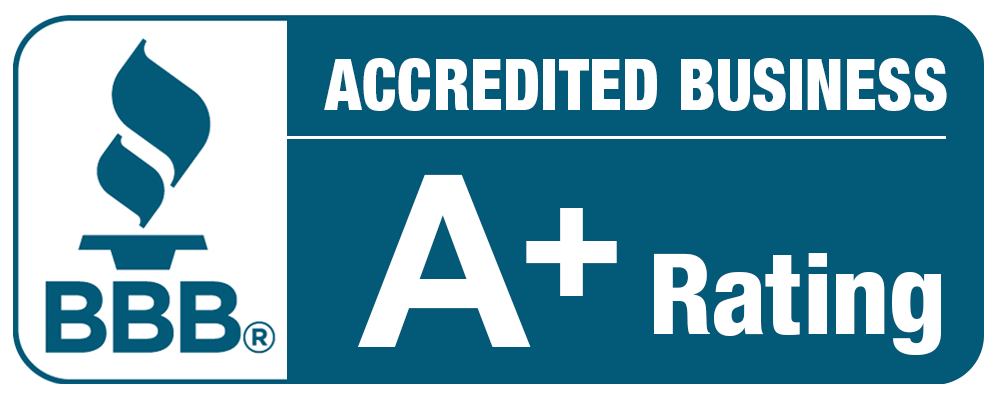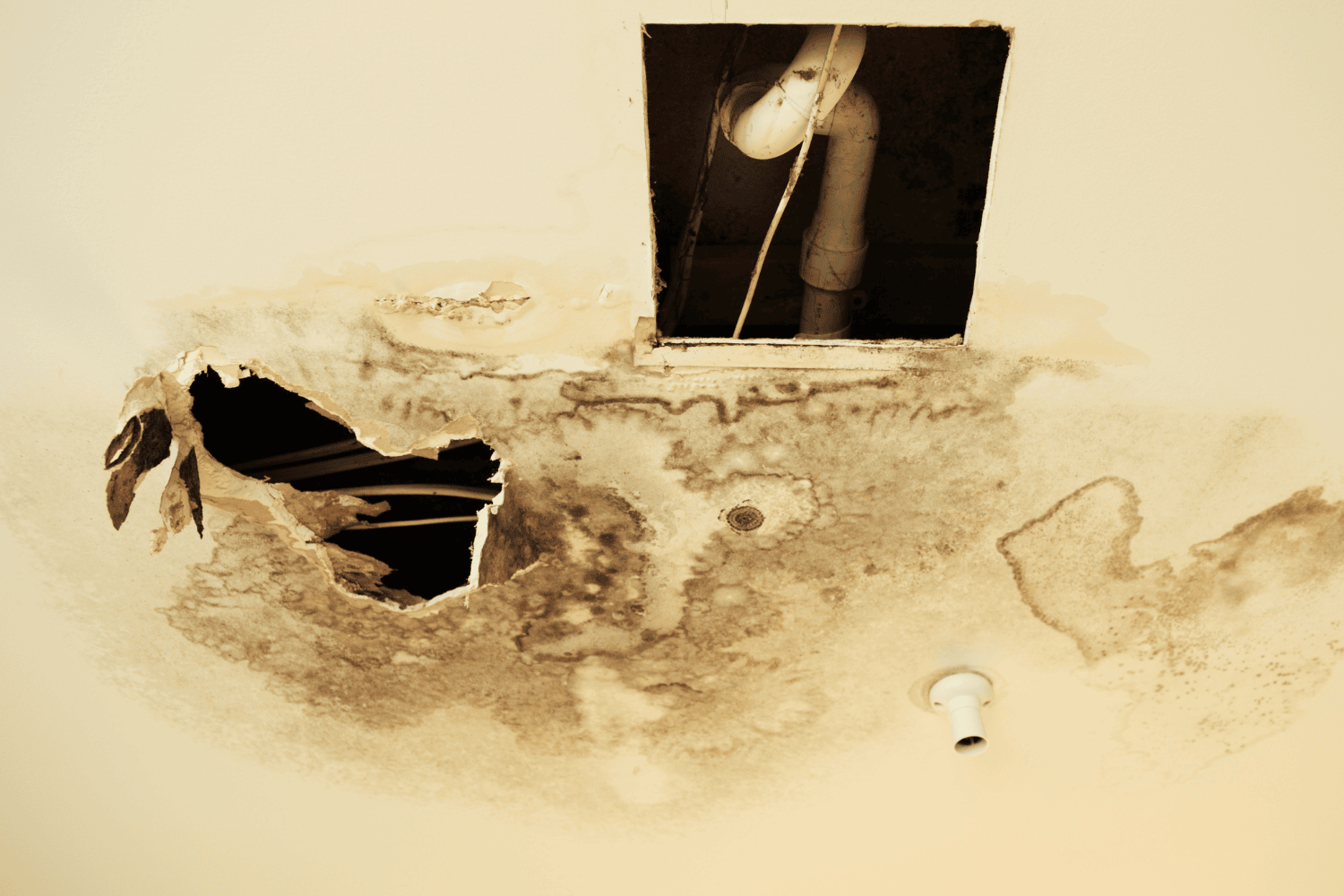
Understanding the 4 Categories of Water Loss
A major water damage event can happen in a house or business property at any time, usually without warning. The problem could emerge from a tree falling on top of the building and creating a major water leak, or a pipe could leak indoors behind a wall, leaving behind significant structural damage.
When contacting a water damage company to remove water and restore the property, the technicians will consider the property's water loss category to implement the best restoration solutions. There are four categories or classes of water loss. The term describes the amount of water saturating a building.
ABC Environmental Contracting Services has years of experience providing outstanding water damage restoration services in Springfield, MO. In its guide below, the company breaks down the different categories of water loss.
Class 1
The first category of water loss is the class 1 event. It's the best-case scenario for water damage because the water damage is minimal and limited to one area. The surfaces the water covers also have low porosity, resulting in minimal absorption into the materials and a faster drying process.
Examples of materials that a water damage company typically finds in a class 1 water loss event are:
- Particleboard
- Vinyl tile
- Plywood
- Concrete
- Structural Wood
Dealing with class 1 water loss is significantly easier than the other categories, thanks to its low rate of evaporation and minimal water absorption.
Class 2
The evaporation rate of class 2 water loss is significantly higher than that of a class 1 event. This type of water damage can also extend to an entire room and involves the saturation of materials with higher porosity, like:
- Most flooring materials
- Furniture
- Wood-grained material
- Carpeting
- Cushions
During class 2 water loss, water can seep into the walls and create moisture damage up to 24 inches high due to the flooding of flooring materials. Restoring this type of property damage is more costly and more challenging to complete in comparison to class 1 water loss.
Class 3
Water evaporates the fastest with class 3 water loss, and it can affect an entire building. Most sources of the water leaks come from overhead, not near the floor, causing the saturation of many materials at varying porosities, like:
- Cushions
- Insulation
- Walls
- Carpet
- Ceilings
- Subfloor.
Class 4
The worst type of water loss is a class 4 event. These require special drying situations due to severe flooding from a catastrophic event. Help from a water damage company is a must because the property will have a high water level with materials like rock, hardwood, and plaster with low porosity.
Categories of Water Loss vs. Categories of Water Damage
Though water damage of any type can be a hassle to deal with, knowing the difference between categories of water loss and categories of water damage will help property owners know which water damage restoration services they need.
Water loss and water damage might seem identical, but they're not. Water loss refers to how much water is in an area and how fast it evaporates. Conversely, water damage refers to three categories that describe how much contamination is inside the water due to the source of the leak.
Here is a breakdown of the three categories of water damage for additional clarity:
- Category 1 Water Damage: Water leaks and floods in this category come from clean water sources like a busted water heater tank or an overflowing bathtub. There is minimal risk of illness due to pathogens in the water.
- Category 2 Water Damage: Category 2 water damage contains clear signs of contamination that could pose a health risk if someone gets the water inside their bodies. For example, the gray water from a washing machine or overflowing toilet can breed harmful bacteria.
- Category 3 Water Damage: The most dangerous water sources fall into category 3 and include septic backups, flooding seawater, and sewage. The water is too dangerous to clean without the appropriate safety equipment and protective gear.
Call ABC Environmental Contracting Services in Springfield, MO, for More Help
Whether a home has category 2 flooding or a class 4 water loss situation, it's best to work with the best water damage company in Springfield, MO, to remove the standing water and effectively dry out the property. At ABC Environmental Contracting Services, skilled and certified technicians are on call 24 hours a day, seven days a week, to provide water damage restoration and mold removal services.
No matter the cause of a property's water damage, ABC Environmental Contracting Services in Springfield is here to help. Speak with a customer service representative at (417) 409-1719 or fill out their
online contact form to request a quote today.

